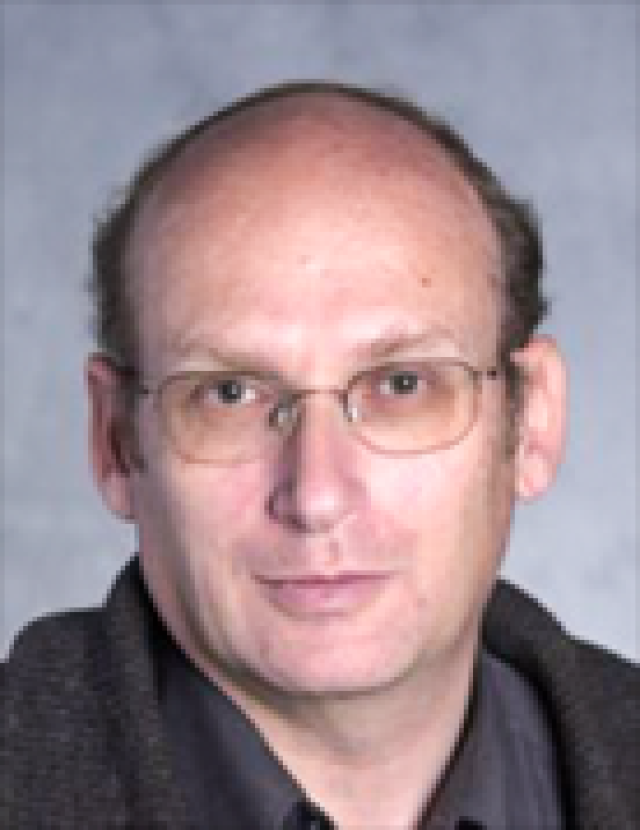
Speaker: Prof. Eli Pollak Time:3:00-4:00pm January 25
Weizmann Institute of Science Room: multi-function hall(化学院中区多功能厅)
Abstract
Recent experimental measurements of the transition path time distributions of proteins moving from the folded to the unfolded state and vice versa, presented theory with challenges. Analysis of the results suggested barrier heights that are much lower than the free energies of activation of the observed transitions. Secondly, the theory used was based on a strong friction model, why is such a model at all applicable to the protein folding problem? A different aspect is the question whether one can use the transition path time distribution in a quantum mechanical context, to obtain insight into some intriguing questions such as tunneling and quantum reflection times.
In this talk, I introduce the paradigm of a transition path barrier height for the protein folding problem, and show that it should be smaller than the activation energy, resolving the low barrier height puzzle. The transition path time distribution for a parabolic barrier is derived for arbitrary memory friction [1].
In the second phase, the quantum mechanical transition path time probability distribution will be discussed [2-4]. Highlights include a vanishing mean tunneling time at the parabolic barrier crossover temperature and that increasing the length of the path traversed decreases the mean transition time. The transition path time distribution is used to define a tunneling flight time and show that it vanishes for tunneling through an Eckart and square barrier [5]. A study of quantum reflection reveals the role of coherence of the incident wavepacket on the tunneling times [6]. Finally, using time averaging it becomes possible to predict the momentum and position of a single quantum particle with an uncertainty which is less than ħ/2 [7].
References
[1] E. Pollak, Phys. Chem. Chem. Phys. 18, 28872 – 28882 (2016).
[2] E. Pollak, J. Phys. Chem. Lett. 8, 352 (2017).
[3] E. Pollak, Phys. Rev. Lett. 118, 07041 (2017).
[4] E. Pollak, Phys. Rev. A 95, 042108 (2017).
[5] J. Petersen and E. Pollak, J. Phys. Chem. Lett. 8, 4017-4022 (2017).
[6] J. Petersen and E. Pollak, submitted to J. Phys. Chem.
[7] E. Pollak and S. Miret-Artés, Penetrating the Heisenberg Uncertainty Barrier, preprint, submitted to Phys. Rev. Lett..
Lecture: Rate theory and its applications (化学院中区多功能厅)
Lecture 1 Jan. 17 (Wed) (3:00-4:00 pm) Lecture 2 Jan. 18 (Thur) (3:00-4:00 pm)
Lecture 3 Jan. 19 (Fri) (10:30-11:30 am) Lecture 4 Jan. 22 (Mon) (3:00-4:00 pm)
Lecture 5 Jan. 23 (Tues) (3:00-4:00 pm) Lecture 6 Jan. 24 (Wed) (3:00-4:00 pm)